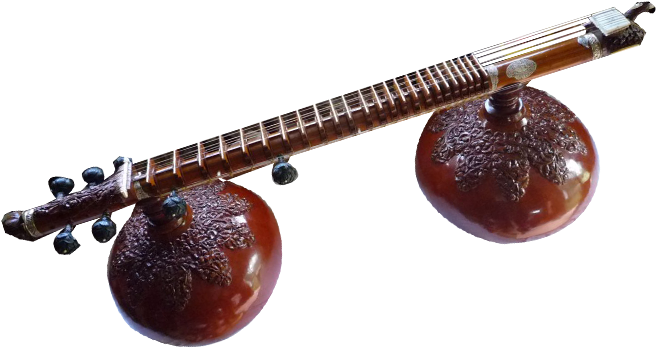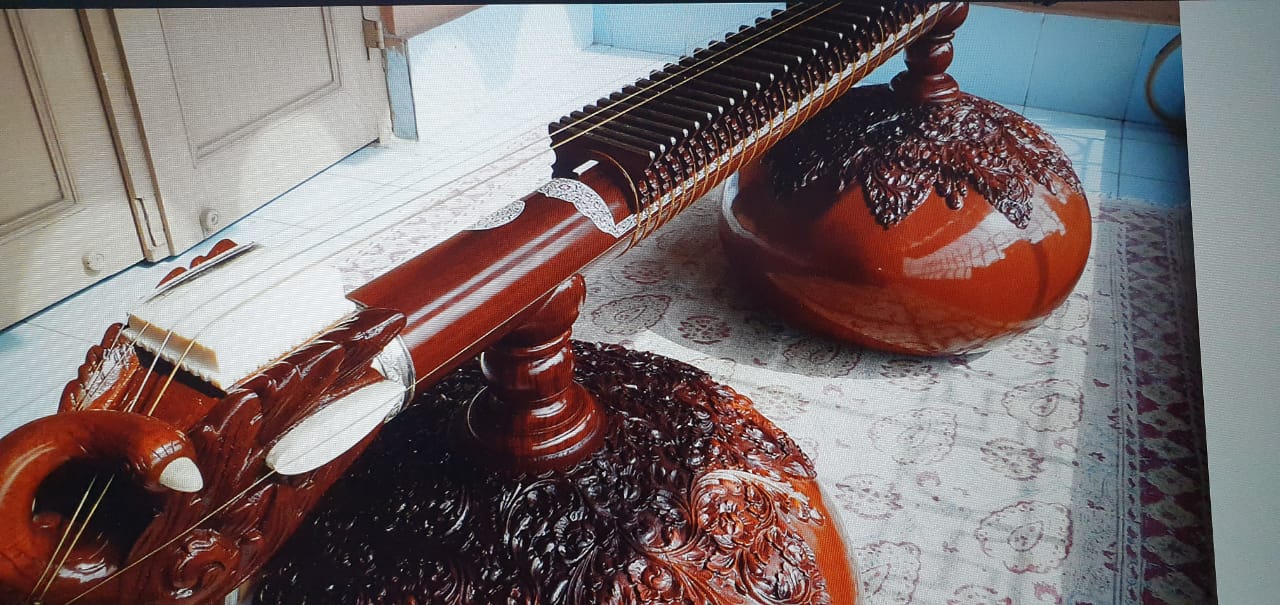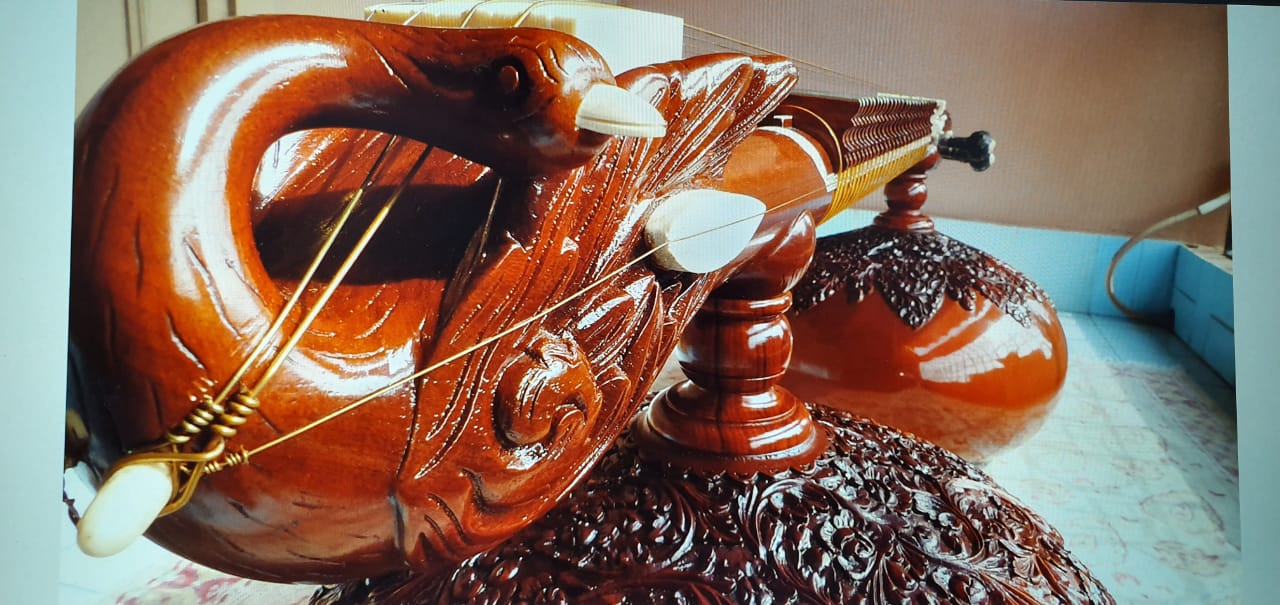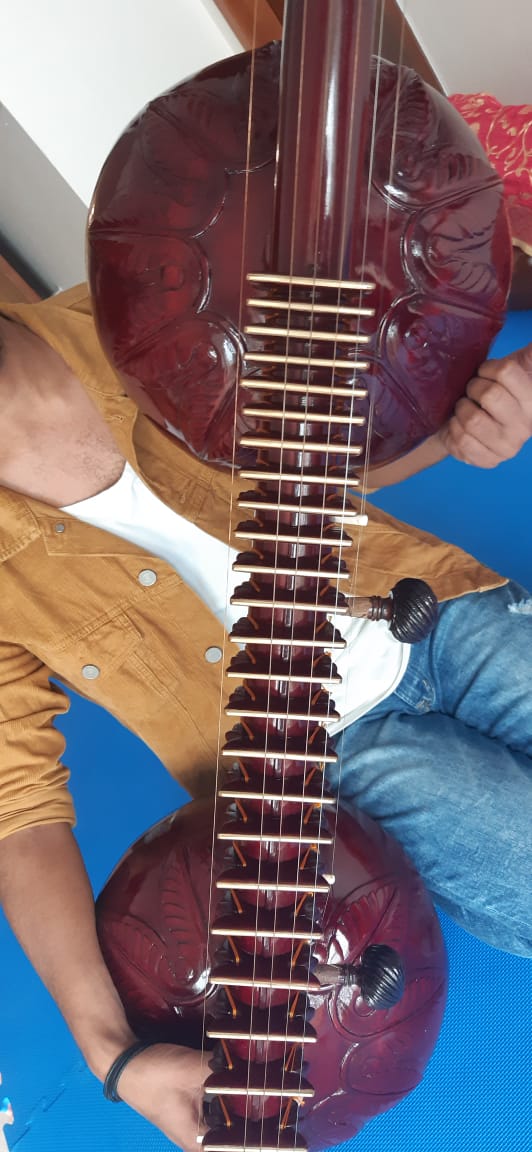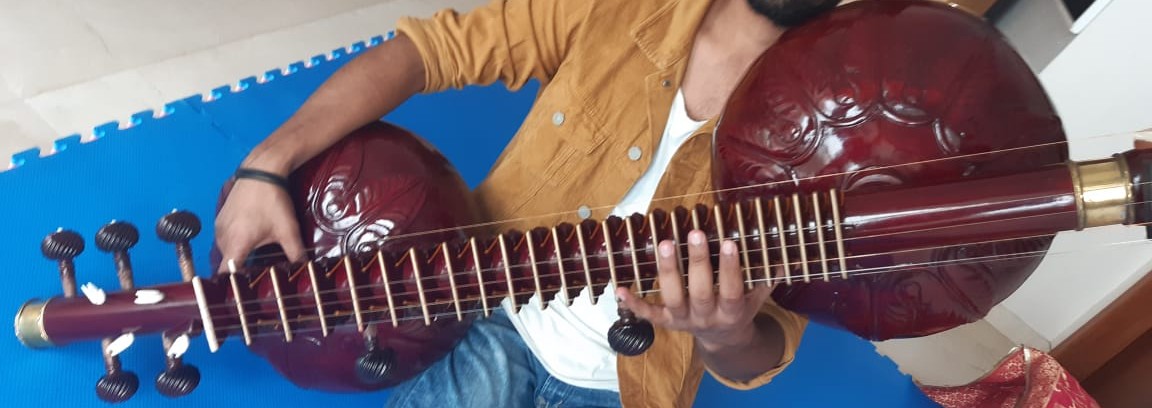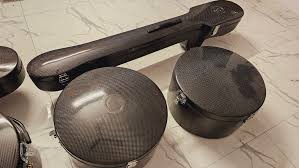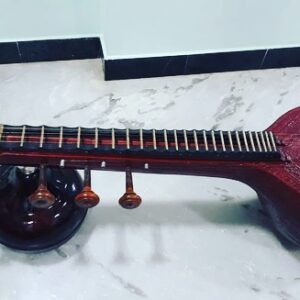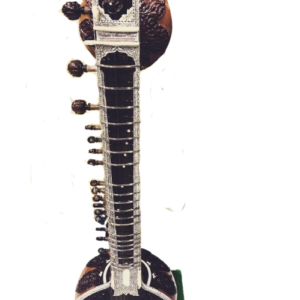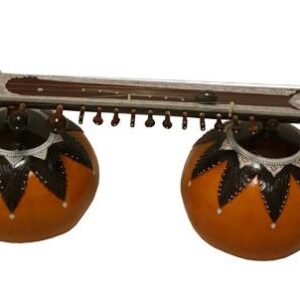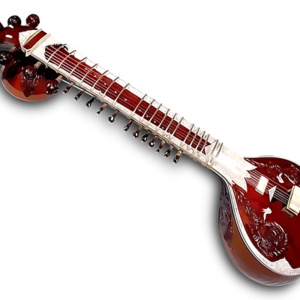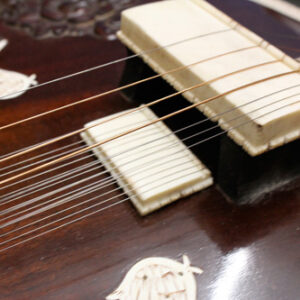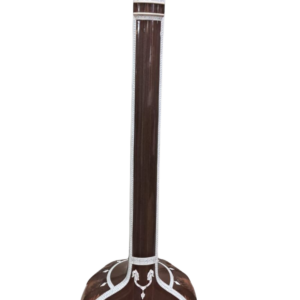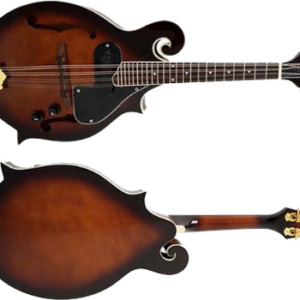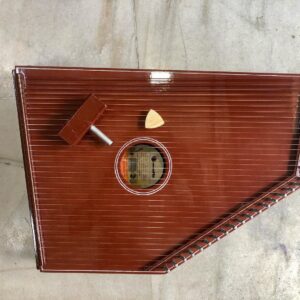Description
Rudra Veena
Special Features:
Good sound quality, big in size.
Delivery Time: 35-45 Working Days after Successful Payment.
For More information SMS 2300 Name Email Country and Send to +919830066661
N.B: All prices are inclusive of Shipping (International Air Mode)/ Packing/ Tax/ Insurance. No hidden cost. Read our Terms & Conditions, Privacy Policy and Shipping Policy.
In The Box: Rudra Veena, Mizrub, Cloth Cover, Fibre Case
History (Wikipedia):
From where we get Rudra Veena- Small history below:
Our knowledge about the instrument is from Wikipedia. As per Wikipedia, we shared this small history to let our customers know about the instrument history. Scholars have not dated its origin; however, they know the instrument is ancient enough and links it to Shiva. Moreover, the introduction of the surbahar in the early 19th century partly caused the decline in popularity of the instrument. Thereby allowing sitarists to present the alap sections of slow dhrupad-style ragas more easily. In addition, in the 20th century, Zia Mohiuddin Dagar modified and redesigned the rudra veena to use bigger gourds, a thicker tube (dandi), thicker steel playing strings (0.45-0.47 mm), and closed javari.
Musicians use the Rudra veena (Sanskrit: रुद्र वीणा) (also spelled Rudraveena or Rudra vīnā)—also called Bīn in North India—as a large plucked string instrument in Hindustani Music, especially dhrupad. Notably, it represents one of the major types of veena played in Indian classical music, characterized by its deep bass resonance. Furthermore, Oral Tradition attributes the instrument to Shiva, the principal deity within Hinduism. In addition, architects incorporate the rudra veena in temple designs predating the Mughals. Moreover, historical records mention it in court documents as early as the reign of Zain-ul Abidin (1418–1470), and Mughal court musicians, in particular, valued it.
Before Independence, princely states supported rudra veena players, as dhrupad practitioners; however, after Independence and the political integration of India, this traditional patronage system ended. Consequently, with the end of this traditional support, dhrupad’s popularity in India declined, as did the popularity of the instrument. Nevertheless, in recent years, a resurgence in popularity has occurred for the rudra veena, driven at least partly by interest among non-Indian practitioners, this provides a basic history of this instrument.
